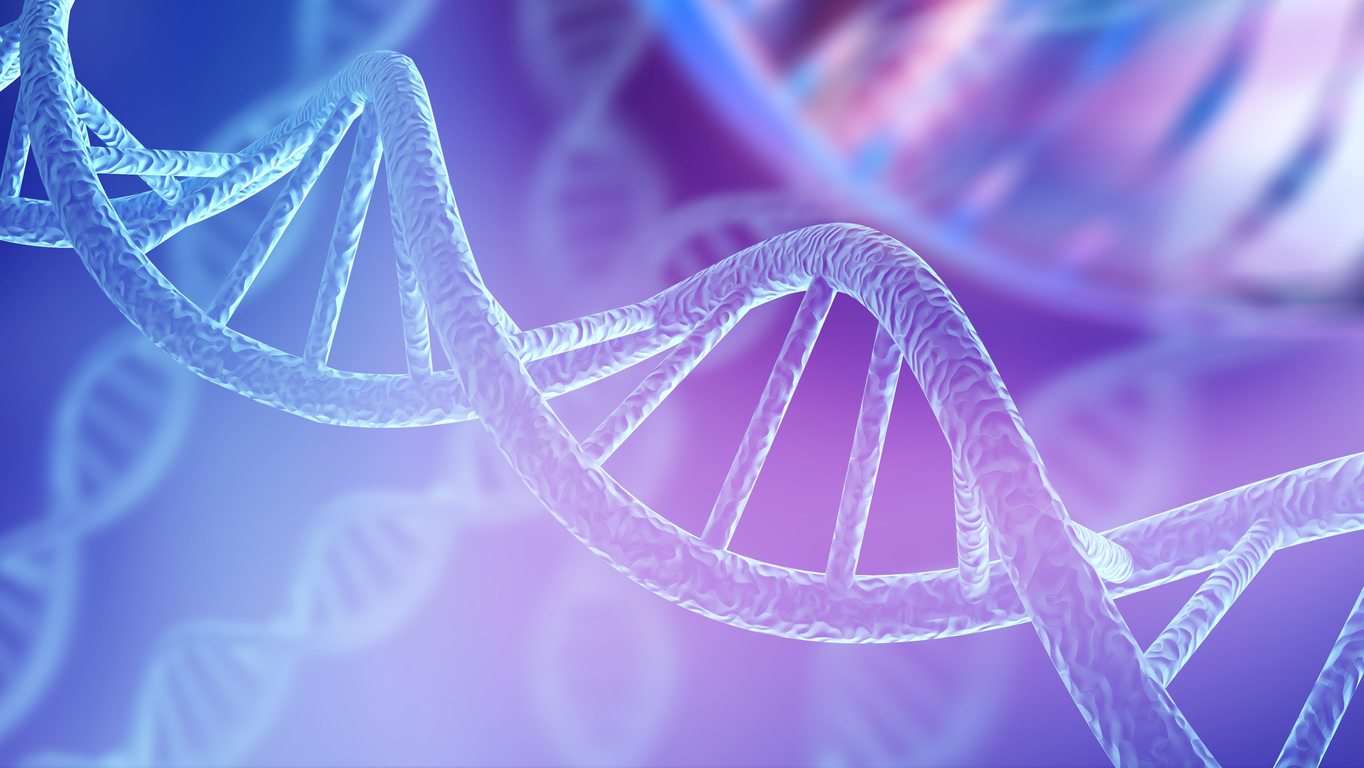The various SCFAs differentially impact the various GPRs. In response the hypothalamus increases the secretion of various neuropeptides.
Neuropeptide PYY inhibits gastric emptying, gut transit time, and appetite.
GLP-1 stimulates insulin secretion.
The simultaneous increase of PYY and GLP-1 acts to lessen gut motility (the movement of food from the mouth through the throat, esophagus, stomach, small and large intestines and out of the body), support satiety, and repress energy intake.
Together they trigger the expression of leptin (the so-called satiety hormone) from adipocytes. Leptin acts on the hypothalamus causing a decrease in food intake by inhibiting the release of neuropeptide Y (NPY), whilst also increasing metabolic rate and thus energy expenditure.




_1.png)
_1.png)

.png)

.png)
.png)
.png)